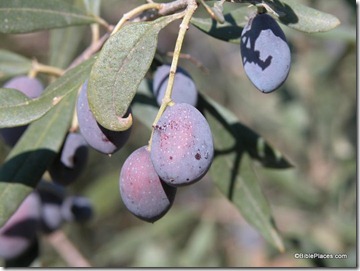Over at biblearchaeology.org, Bryant Wood presents some new evidence for the existence of Israel in an Egyptian inscription dating to about 1400 BC.
The first two names are easily read—Ashkelon and Canaan. The name on the right, however, is less certain. Görg restored the right name as Israel and dated the inscription to the reign of Ramesses II (ca. 1279–1212 BC) in the Nineteenth Dynasty, based on a similarity of names to those on the Merenptah Stela (ca. 1210 BC).1 Görg also concluded, based on the spellings of the names, that they were copied from an earlier inscription from around the time of Amenhotep II (ca. 1453–1419). Israeli Egyptologist Raphael Giveon (1916–1985) previously dated the inscription to the reign of Amenhotep III (ca. 1386–1349 BC) (1981: 137). If these two scholars are right, this extra-Biblical Egyptian inscription would place Israel in Canaan at about the time of the Biblical date for the Conquest.
Wood then goes on to describe the results of a new published study by three European scholars who confirm this reading. He also notes an objection by James Hoffmeier. Wood and Hoffmeier have previously debated the date of the exodus and conquest in a series of articles in the Journal of the Evangelical Theological Society.
